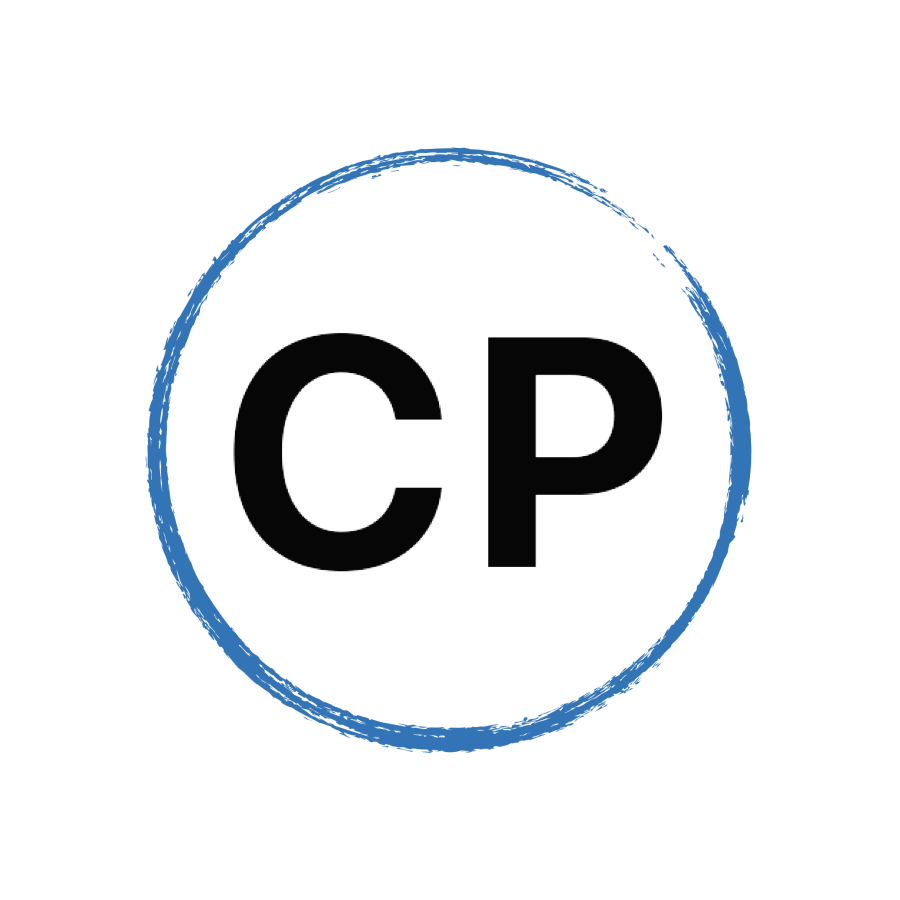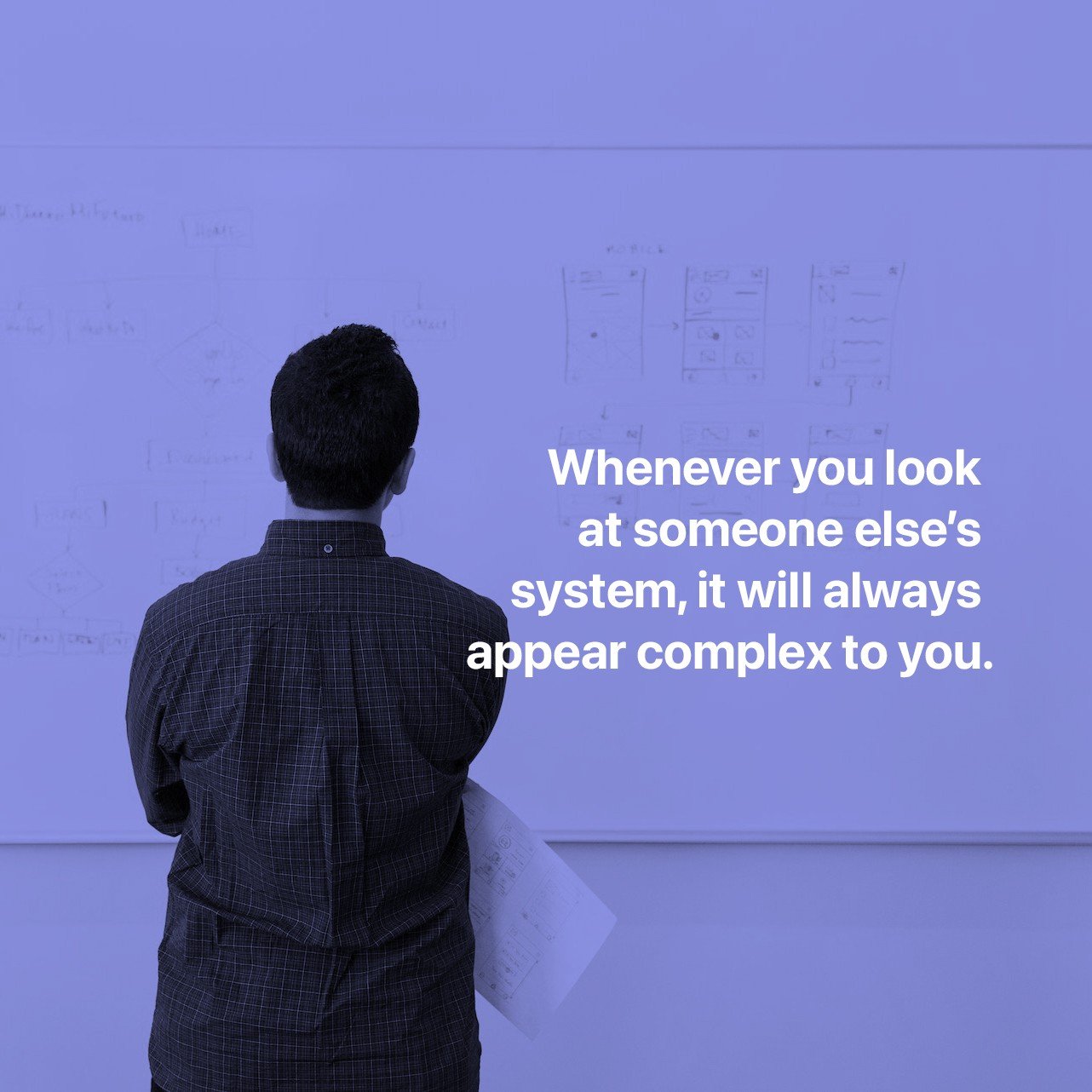Keeping Things Simple Through Complexity.
Last week, I published a video of how my system works with the apps I use.
Now, to me, this system is simple. It works, and it’s fast. I get stuff into my system quickly; I organise that stuff, so it means something to me, and I spend around 95% of my time doing the work.
Yet, many of the comments on the video pointed out that this system was complex and was a terrible illustration to people wanting to learn more about being more productive and better with their time management. At first, those comments didn’t make any sense to me. I’ve been using this system for years. I don’t have to think about where to collect or where to find anything. I just know.
And then it occurred to me: whenever you look at someone else’s system, it will always appear complex. In the same way, if I visited your house to cook you a meal, I’d be completely lost in your kitchen. I wouldn’t know where anything was, and I would be left thinking that you have a horrible arrangement for your kitchen. Yet, if you were to cook a meal in your home, you know where everything is. It all makes perfect sense to you.
This is why you must create a productivity system that works for you, using the tools that best suit the way you work. My system will never work for other people unless they use the same tools in the same way and do the same work.
With that said, the basics remain the same. You need a way to collect tasks, events, and ideas simply and quickly. The more steps you put in collecting something, the less likely you will collect everything.
I use Drafts as my primary collection tool while away from my desk. Whether walking my dog, exercising or travelling somewhere, I know all I need to do is tap the bottom left of my Apple Watch or the bottom right of my iPhone. Instantly, Drafts will give me a blank note with a keyboard (or microphone) to collect an idea or a task.
At my desk, I use keyboard shortcuts to get stuff into Todoist and Evernote. As with my phone, I use these without thinking; I have developed the requisite muscle memory to accomplish this very fast.
When it comes to organising these collected items, I have my processes. Todoist’s inbox is cleared every day in the evening. Evernote and Apple Notes are cleaned up weekly (nothing urgent will be there), and my calendar items are checked twice a day.
I have processes for doing my organising. Once again, this is automatic. I know Saturday morning, I will clean up my notes. I will discard anything I no longer need and move everything else to its appropriate place. When I finish, I have clear inboxes and well-organised notes that are searchable.
Finally, I focus my time and energy on getting my work done daily. I review Todoist and my calendar every evening when I plan the next and identify my two objective tasks and the eight others I should be doing. This means when I begin the day, I am clear about what I want to get accomplished in the day.
To me, my system is simple. The apps I use fit together perfectly for the work I do. I review my system every three months to see where I can improve it. This means I get to incrementally improve the whole system four times a year.
Yet, if you were to try to copy my system, it would appear complex and awkward. It’s not your system. You don’t do the same work I do in the same way. That’s the wonderful thing about productivity and time management. Within a simple structure (Collect, Organise and Do), you have a lot of freedom to find tools and processes that work for you and how you like to do your work.
The key is to find the best tools and processes for you and to stick with them. Switching apps, changing your system, and constantly looking for the next best thing is a pathway to failure. It will never work. You need a settled system that serves you. When a thought or a task comes to mind, you should be able to collect it instantly. You need a few minutes to organise the tasks you collected, and finally, you want to dedicate your day to get that work done.
We could argue whether Keynote is better than PowerPoint or Word is better than Google Docs. But that completely misses the point. The point is the tools you use work for you, not whether they work for someone else.
In academia, Word is the dominant writing tool. I no longer work in academia, and I was never comfortable using Word. My preferred formatted writing tool is Pages. However, I write in Ulysses when it comes to writing blog posts, newsletters, or anything that does not require formatting.
Is that complex? Not to me. It makes perfect sense. When writing a blog post, I want to be able to write on my phone, iPad or laptop — depending on where I am. Pages isn’t an easy app to write in on my phone or iPad.
There is nothing wrong with getting ideas on where you can improve your system from other people; it’s a good thing to do. For example, over the last couple of years, I’ve been introduced to apps like ReadWise that allow me to automatically capture my book notes directly into Evernote without several steps. While ReadWise doesn’t save me a huge amount of time, it has meant I could remove a weekly task from Todoist as it automatically happens now.
So, don’t look at other people’s systems as something you could potentially copy. Instead, look at other people’s systems as a way to improve your own.
Thank you for reading my stories! 😊
If you would like to receive all the productivity and time management content I create each week in one convenient email, you can subscribe to my weekly newsletter here
You can also learn more about what I do here on my website
Finally, don’t forget to say hello on Twitter, YouTube or Facebook

